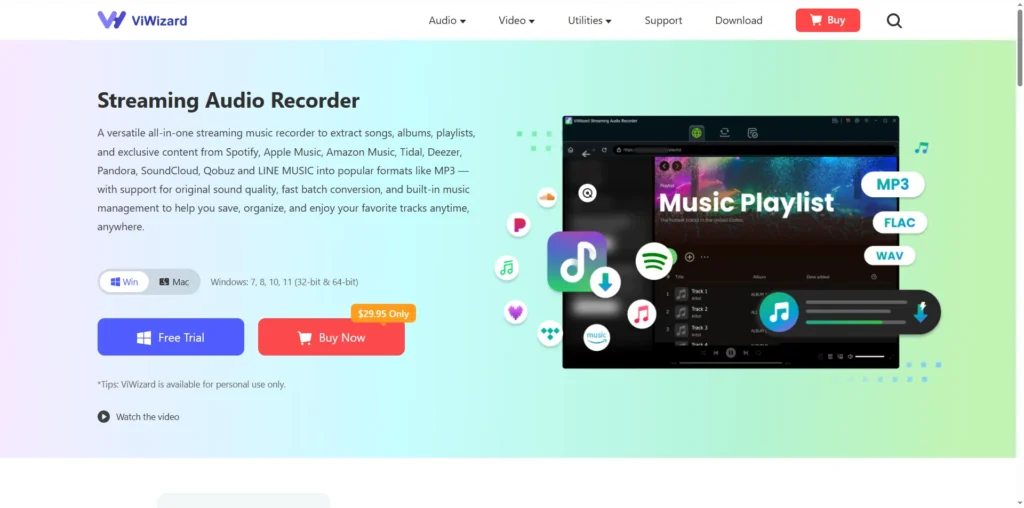
Moving your IT infrastructure to the cloud can offer incredible advantages, but a lot of companies are experiencing delays in their migration work. According to Dimensional Research, over fifty percent of migrations are delayed or exceed budget, with fewer than 5% completed. The problem is hardly the cloud technology directly. It’s more likely that the organizations chose the incorrect workloads to move first or didn’t pay enough attention to concerns like security and governance. As a result, we produced this article to serve as a cloud migration checklist of the important areas to examine and handle to maximize the probability of a successful cloud migration.
Cloud Migration Checklist
Migrating to the cloud requires precise planning and execution. Leverage the ultimate cloud migration checklist for a seamless migration.
Establish the Migration Architect Role
Creating your migration architect role prior to starting your cloud transition is the first step in the cloud migration checklist. The person in the role of this job is responsible for preparing and finishing every step of the migration. Their primary duty involves establishing the needed refactoring to ensure the migration’s achievement, building data migration tactics, determining cloud-solution standards, and deciding migration targets and production switchover ways. Many choices and technical preparations must be made throughout a big migration task, and employing a migration architect in charge of all parts of the migration is vital to the project’s completion.
Set Migration Goals and KPIs
Developing clear and measurable objectives and goals is important when planning your cloud migration. These objectives can be divided into operational benefits and cost savings. Operational benefits aim to enhance user experience and engagement within the company. Cost savings, on the other hand, involve simplifying or replacing procedures to reduce expenses. Key performance indicators (KPIs) should include both operational benefits and cost savings to ensure an effective cloud migration.
Data Assessments
If you are thinking about cloud migration, data assessment is an essential step in the cloud migration checklist, which helps identify data threats, the quantity of data to be moved, data type, and data resilience. Data analysis can also assist you in determining the best tools and tactics for migration. Simultaneously, data evaluation can assist you in determining cloud API needs.
Evaluate Cloud Migration Options
The next stage in the cloud migration checklist is determining which applications require certain types of cloud integration. You have two choices:
- Shallow cloud integration or lift-and-shift: When you lift and shift an application, you do little or no modification to the code and deploy the application in its present form to the cloud.
- Deep cloud integration: Unlike the first type, deep cloud integration needs you to adapt the software to use cloud functionalities. The improvements might vary from minor changes to complex enhancements that transform the app into a cloud-native solution.
Select the Right Cloud Deployment Model
After that, you must select your cloud environment. This depends on your organization and the type of data you intend to store in the Cloud. Selecting a cloud-based setup isn’t a binary decision in the cloud migration checklist. Companies frequently have some mix of the four categories of cloud environments, which are:
- Multi-cloud
- Hybrid cloud
- Private Cloud
- Public Cloud
Choose a Cloud Service Provider
Choosing a cloud provider must be in the cloud migration checklist. While many providers provide comparable cloud migration services, they are all different. Pricing, service selection, and availability in specific locations are all key elements to think about when choosing a cloud provider. At each level, you will require the assistance of an expert partner.
Perform Any Necessary Refactoring
Before transferring your apps and services to the cloud, verify that they are optimized for use in the cloud environment. Refactoring your apps can help you use evolving cloud characteristics like the capacity to allocate and eliminate resources as required rather than rigidly allocating them in advance. It will increase the utilization of resources and make your cloud apps more effective and efficient.
Create a Data Migration Plan
Data migration is among the most challenging part of cloud migration. Your current data location could have a major impact on the efficiency of your application. Moving your data to the cloud while keeping your major data-access procedures on-premises can significantly impact performance. Pay attention to the importance and complexity of data migration strategy. Losing attention to your data migration strategy before cloud migration might result in migrations failing or failing to meet expectations.
Pre and Post-KPIs Testing
It is critical to test your applications in the new environment. Put your new applications’ workload to the test. You want to ensure that everything operates appropriately throughout typical and high-demand periods. Testing is not carried out only for testing. You aim to check that all of it is functioning properly. You’ll also want to know if you’re using any new features and meeting the KPIs you established at the beginning of the migration process.
Conclusion
The choice of whether to go to the cloud or not is simple. But, many companies suffer from or achieve little success. Following the cloud migration checklist above guarantees you eliminate all frequent problems, allowing you to begin preparing your cloud migration without worrying about wasting money.

Business Checking Account Options for Modern Entrepreneurs

Why Businesses Require Inspection of an LPG Tank

Cost of Private 5G and Private LTE Networks: What Should Businesses Choose

Accelerating drug discovery through the DEL-ML-CS approach

AI in Marketing Is No Longer a Buzzword — It’s the Strategy

Unlock Your Music: How to Download Apple Music to MP3 with ViWizard

Top 10 Mobile App Development Companies in Dallas to Watch in 2026









